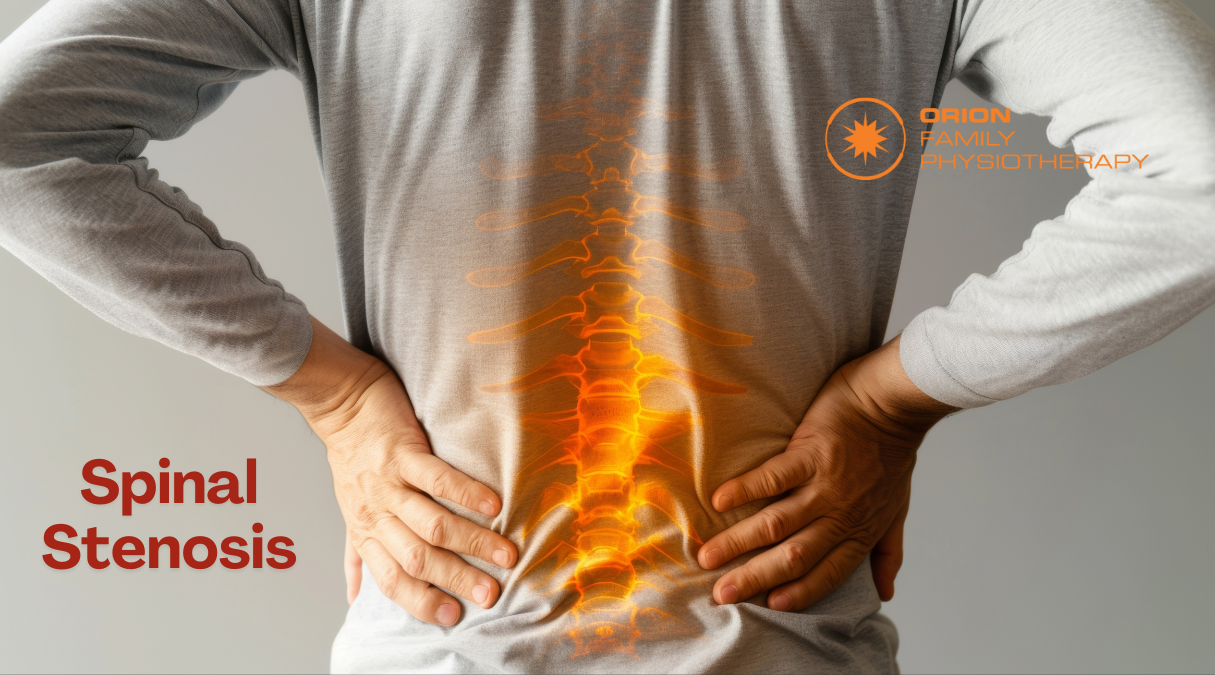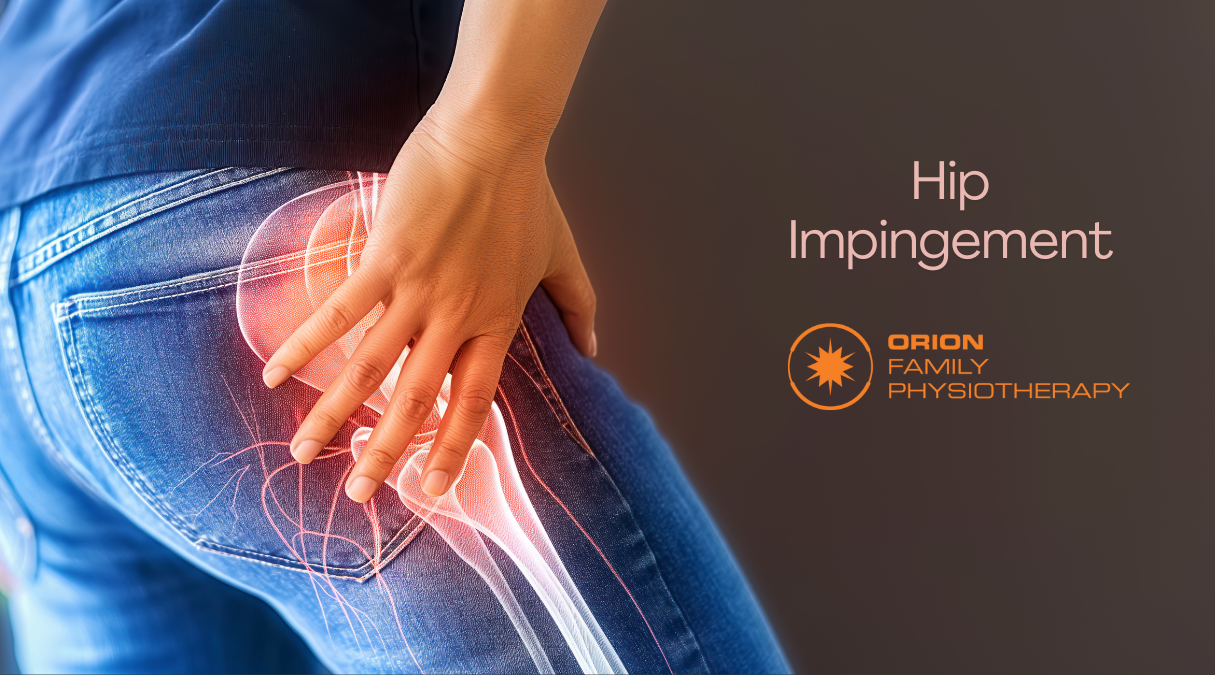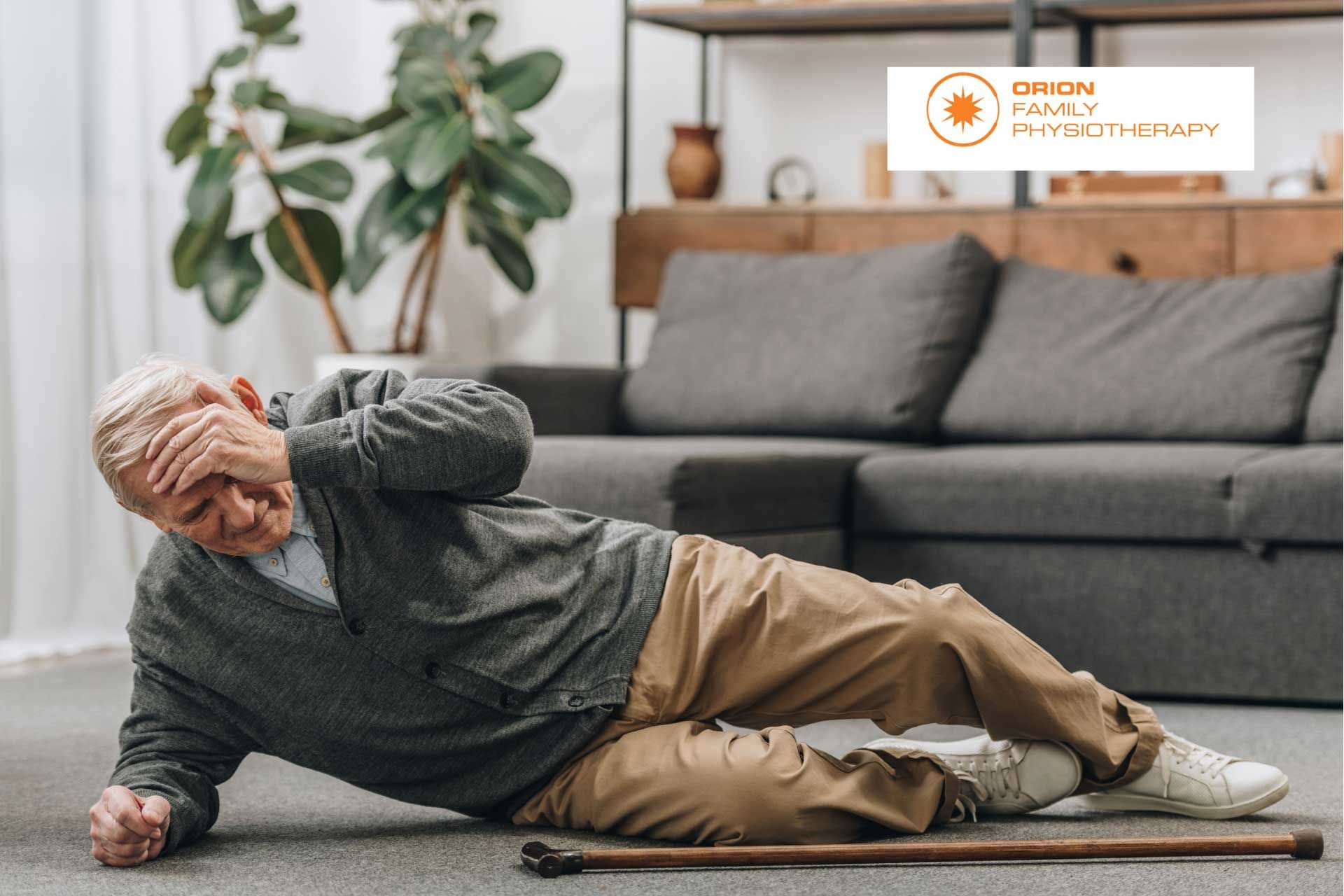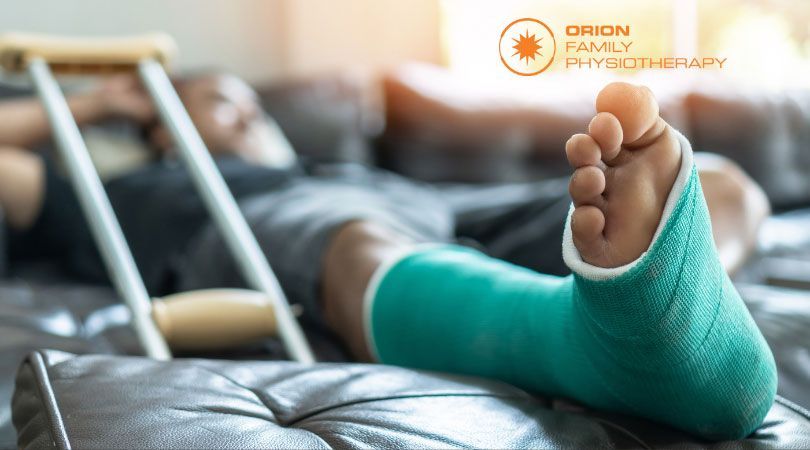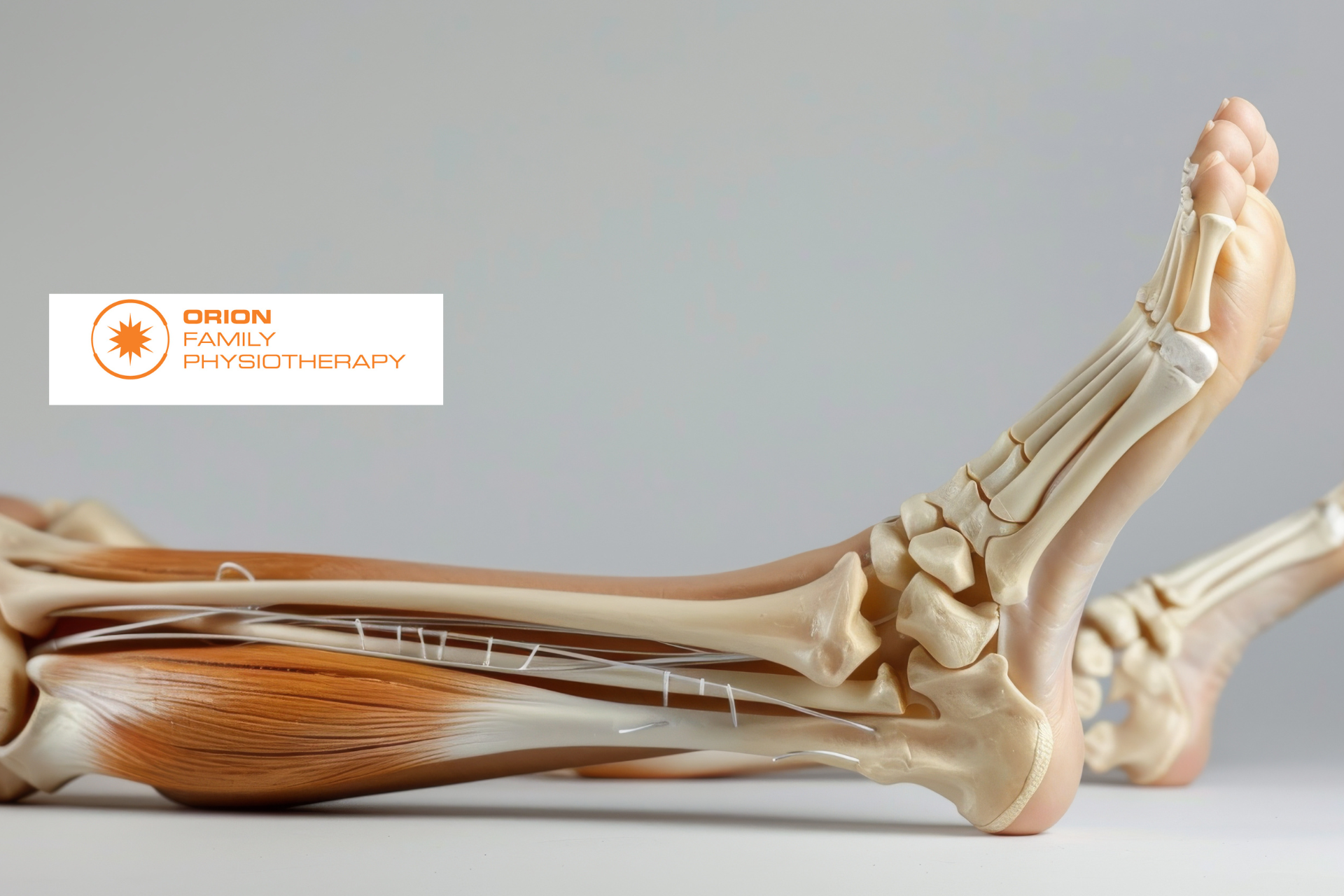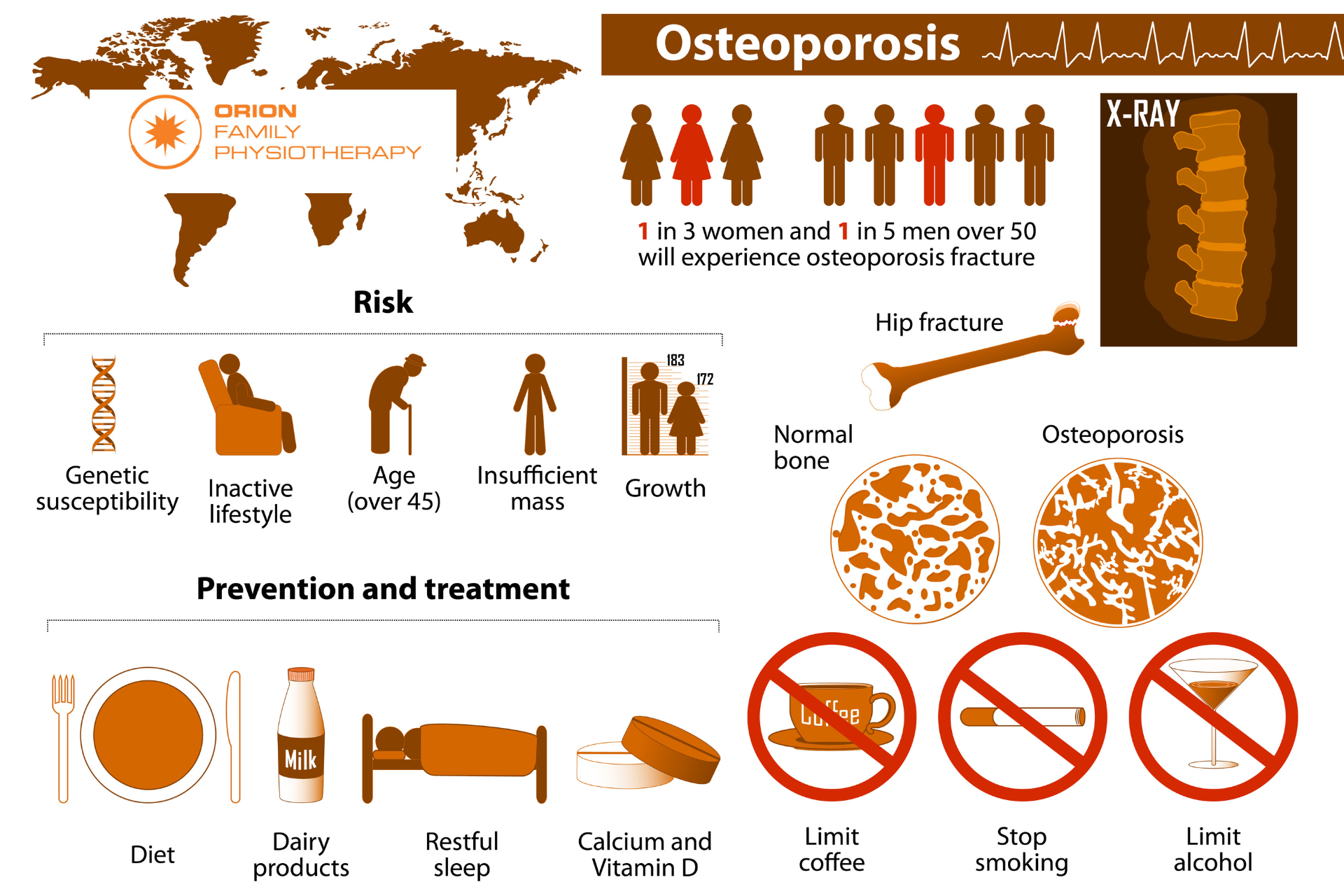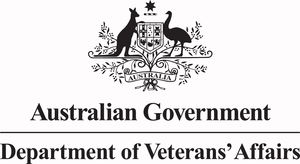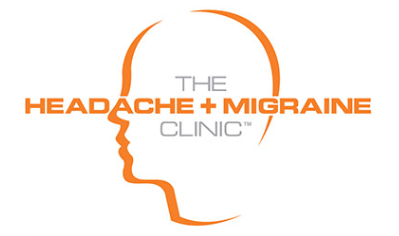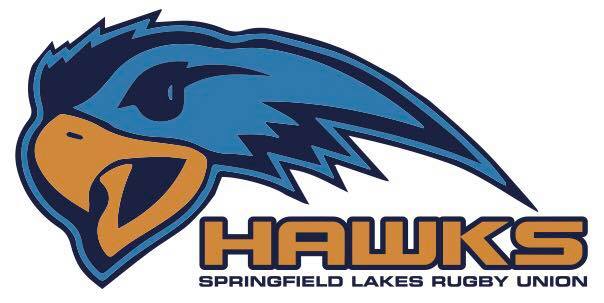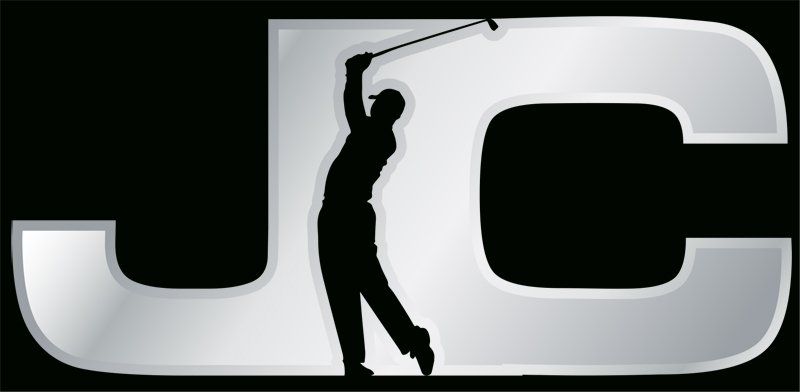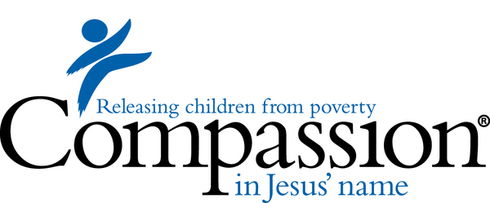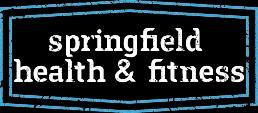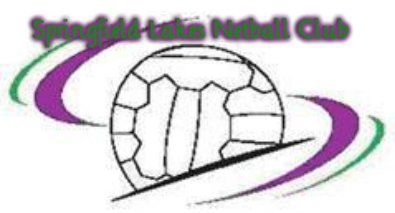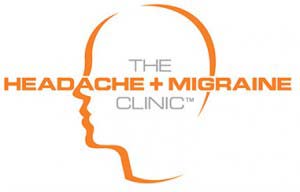Whiplash – Physiotherapy Can Help

Whiplash associated disorders (WAD) is the term used to described injuries sustained as a result of sudden acceleration-deceleration movements. The most common causes are incidents like a car accident or a recreational activity accident involving high velocity impacts. The most common direction that causes injury is a hyperextension into full flexion type movement.
People with WAD usually present with a combination of the following symptoms:
- Reporting head or neck trauma
- Localised neck pain which may refer to the upper traps, shoulders and upper/mid back
- Limited neck range of motion, stiffness or sharp pain
- Edema, paresthesia, numbness
- Nausea, headache, breathing difficulties
- Dizziness, vertigo or disorientation
- Bite problems or TMJ Pain
- Symptoms may appear immediately or can be delayed by days or weeks
There are various grades of severity of WAD:
| GRADE | CLASSIFICATION |
|---|---|
| 0 | No complaint about the neck. No physical sign(s). |
| I | Complaint of neck pain. stiffness or tenderness only. No physical sign(s). |
| II | Neck complaint AND musculoskeletal sign(s). Musculoskeletal signs include decreased range of movement and point tenderness. |
| III | Neck complaint AND neurological sign(s). Neurological signs include decreased or absent tendon reflexes, weakness and sensory deficits. |
| IV | Neck complaint AND fracture or dislocation. |
Treatment:
Evidence-based treatment protocols show that a multifaceted approach gives people the best outcomes from WAD. Physiotherapists are well placed to deliver these treatments effectively to patients. Treatment will be individualised based on your particular presentation and circumstances but will include a selection of the following:
- TAILORED Advice and Education is essential. Each patient is different and requires specific points driven home. Reassurance
- Staying active (within pain tolerances)
- Maintaining normal life activities
- NOT limiting ROM with bracing
- Maintaining a positive mindset
- Shifting focus to function rather than symptoms
- Start SIMPLE – Make sure the ‘simple’ exercises and treatment options form the foundation of their care and then build from there.
- Exercises including - Cervical flexor and extensor strengthening and endurance, Cervical ROM, Low load isometrics, Postural endurance, Scapula setting and stabilization, Coordination & Balance
- Cervical and Thoracic segmental manual therapy
- Thoracic Manipulation
- Kinesio Taping
- Trigger point needling
- Resources – The patient should be an active participant in their recovery. Utilise Whiplash resources to reinforce and guide the patient through their journey.
- The use of Outcome Measures – e.g. NDI, WhipPredict, PSFS, ROM
Painkillers and pharmaceuticals are not the main component for recovery:
- Grade 1 = Simple Analgesics
- Grade 2 & 3= Non-opioid Analgesics and NSAIDs – Limited to 3 Weeks
- Acute Grade 2/3 with VAS >8 = Opioid Analgesics
- Psychopharmacologic drugs NOT recommended for any grade
In fact much of the academic literature suggests that exercise-based therapy gives people suffering from a WAD injury the best outcomes. Physiotherapists are experts at providing this tailored exercise based approach.
For any advice, treatment or other questions relating to your Whiplash injury contact Orion Family Physio. The team of Physio’s have a significant amount of experience in diagnosing and treating shoulder pain and related conditions.
References
- Exercise therapy for whiplash-associated disorders: a systematic review and meta-analysis. Bruno Chrcanovic, Johan Larsson , Eva-Maj Malmström , Hans Westergren and Birgitta Häggman-Henrikson. Journal Scandinavian Journal of Pain
- Acute whiplash associated disorders (WAD) Khushnum Pastakia and Saravana Kumar. Open Access Emerg Med. 2011; 3: 29–32. Published online 2011 Apr 27. doi: 10.2147/OAEM.S17853
- New whiplash guidelines for physiotherapists. Dr Trudy Rebbeck and Professor Michele Sterling. Published in InMotion, October 2016
- The Motor Accident Insurance Commission (MAIC), Whiplash injury recovery: a self-help guide. Emeritus Professor Gwendolen Jull and Professor Michele Sterling from the University of Queensland.

